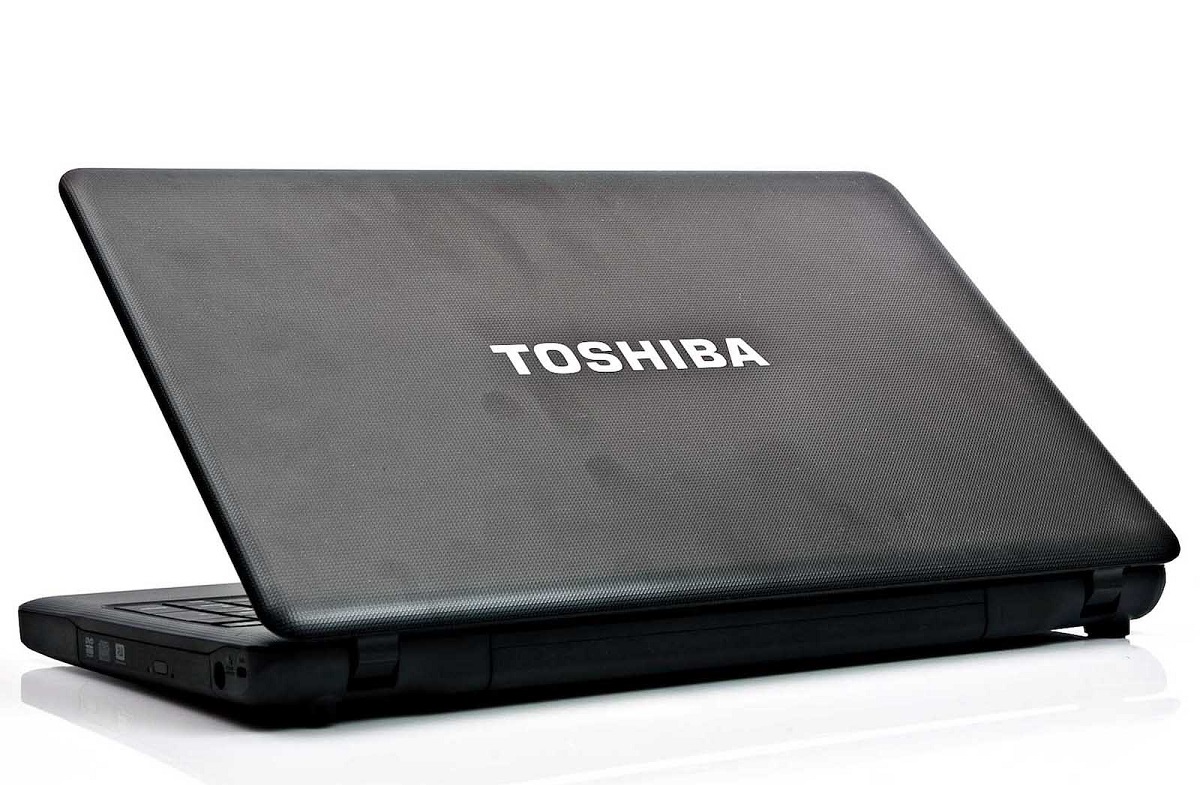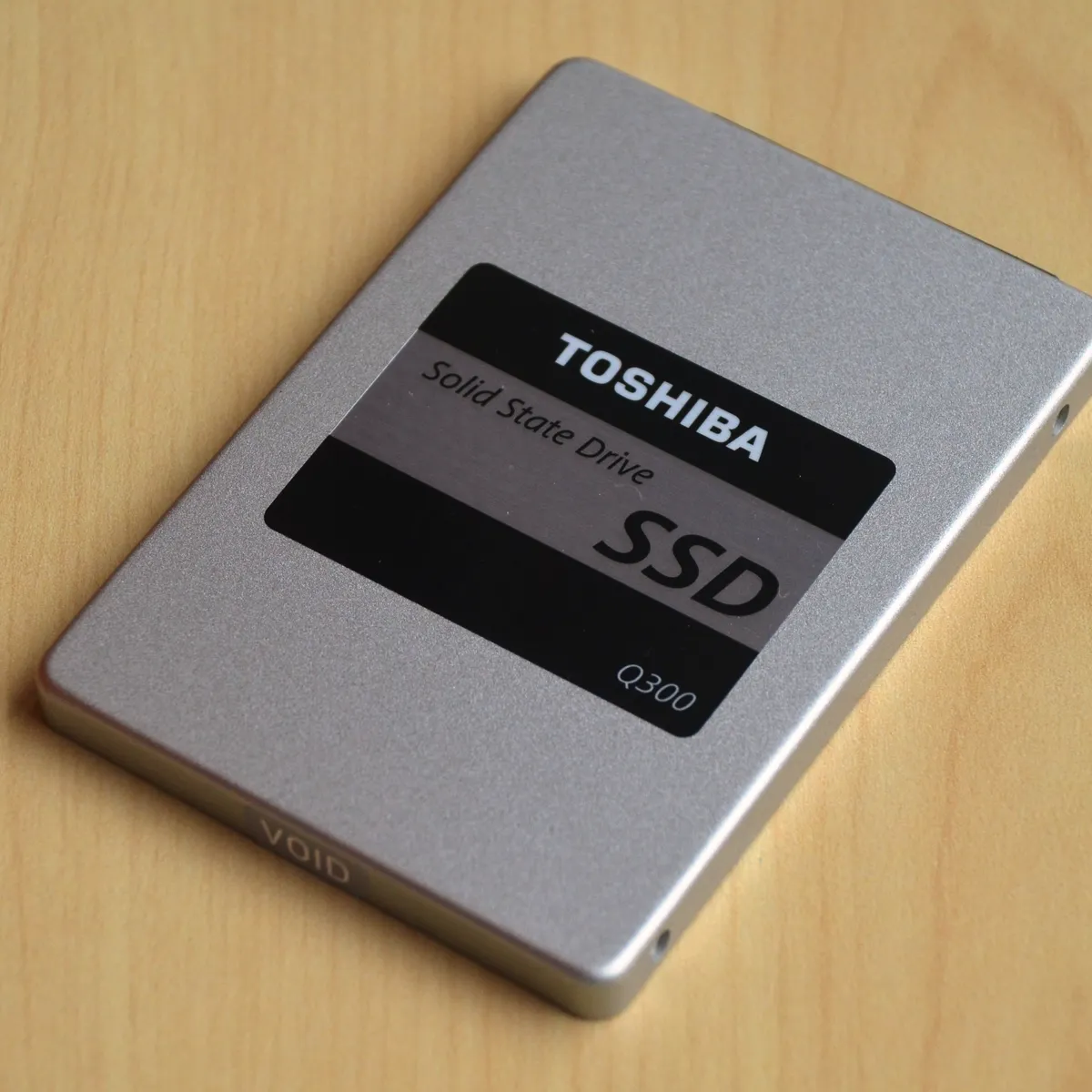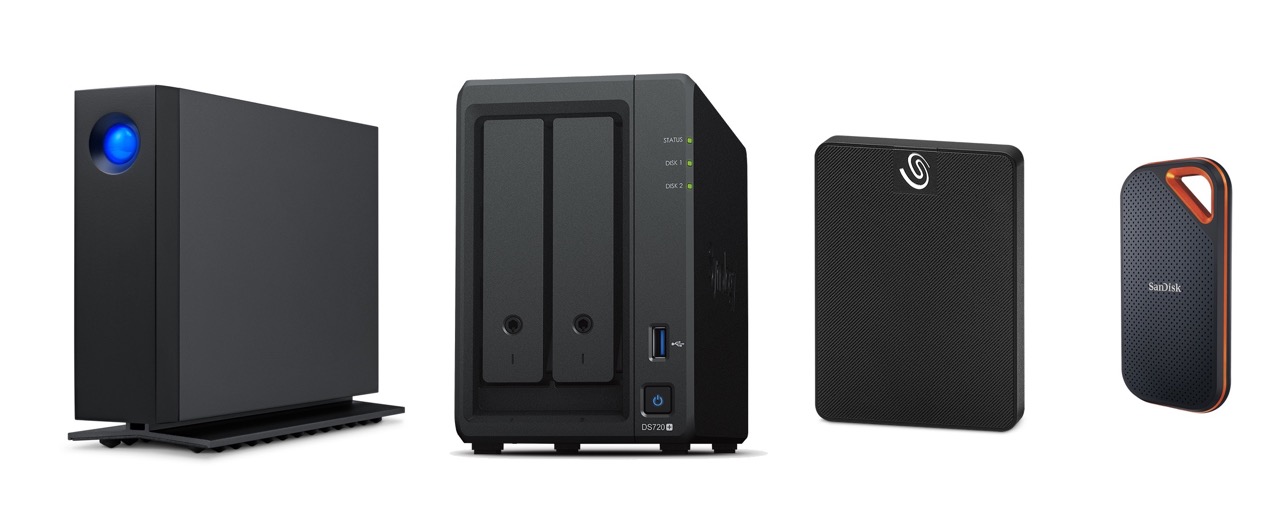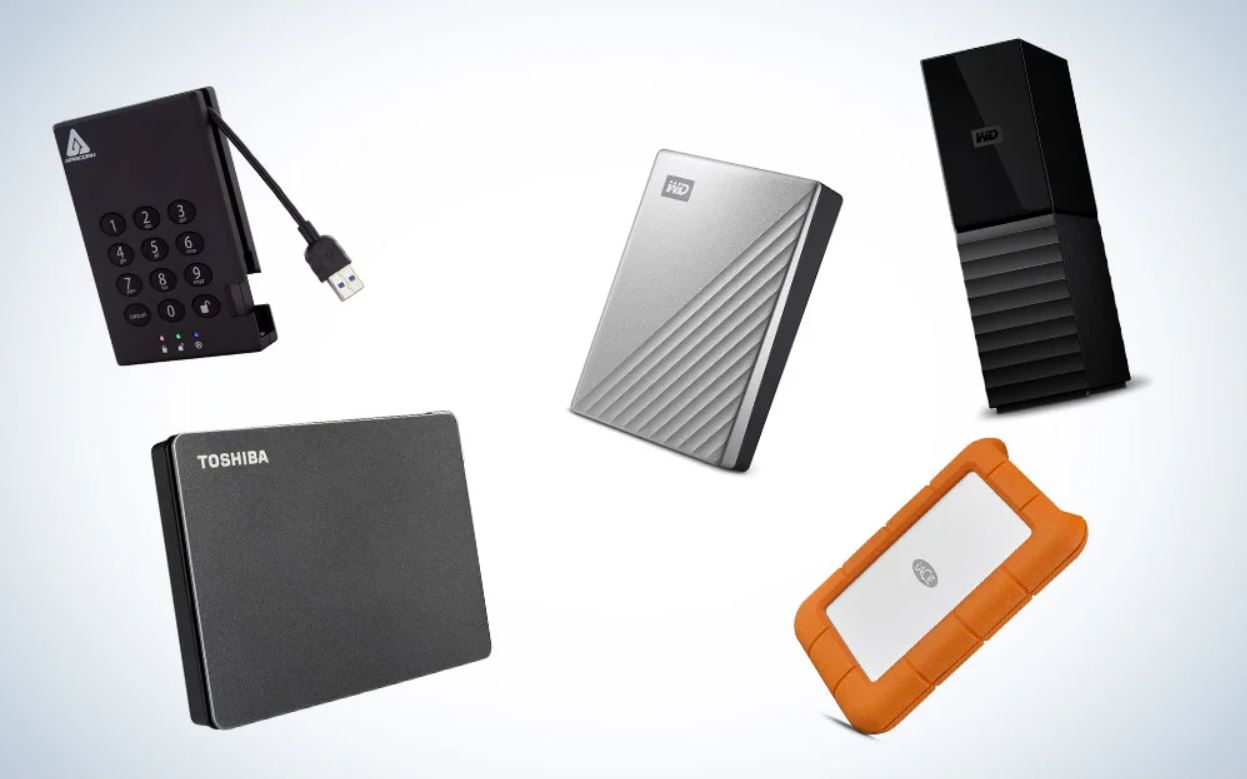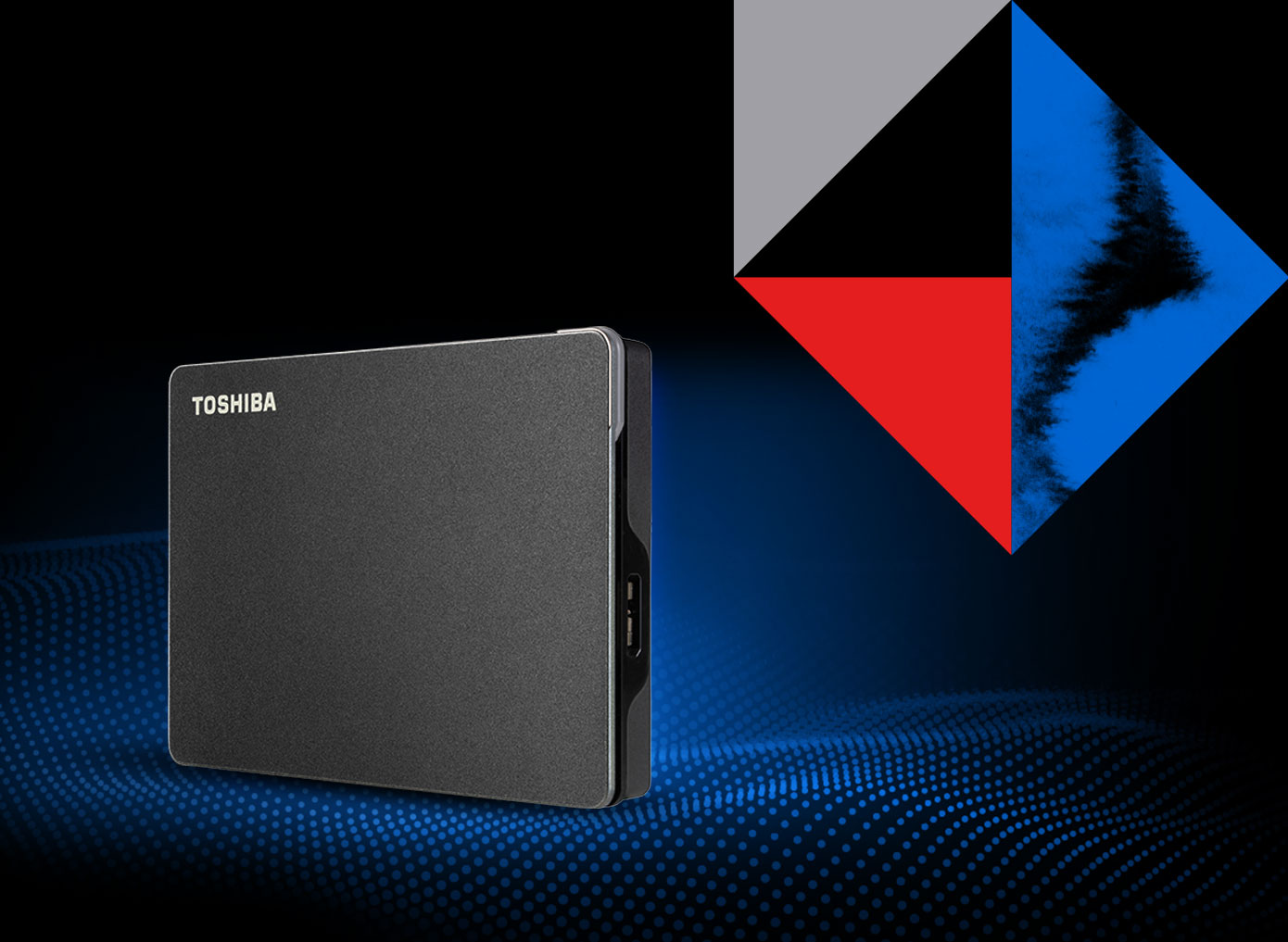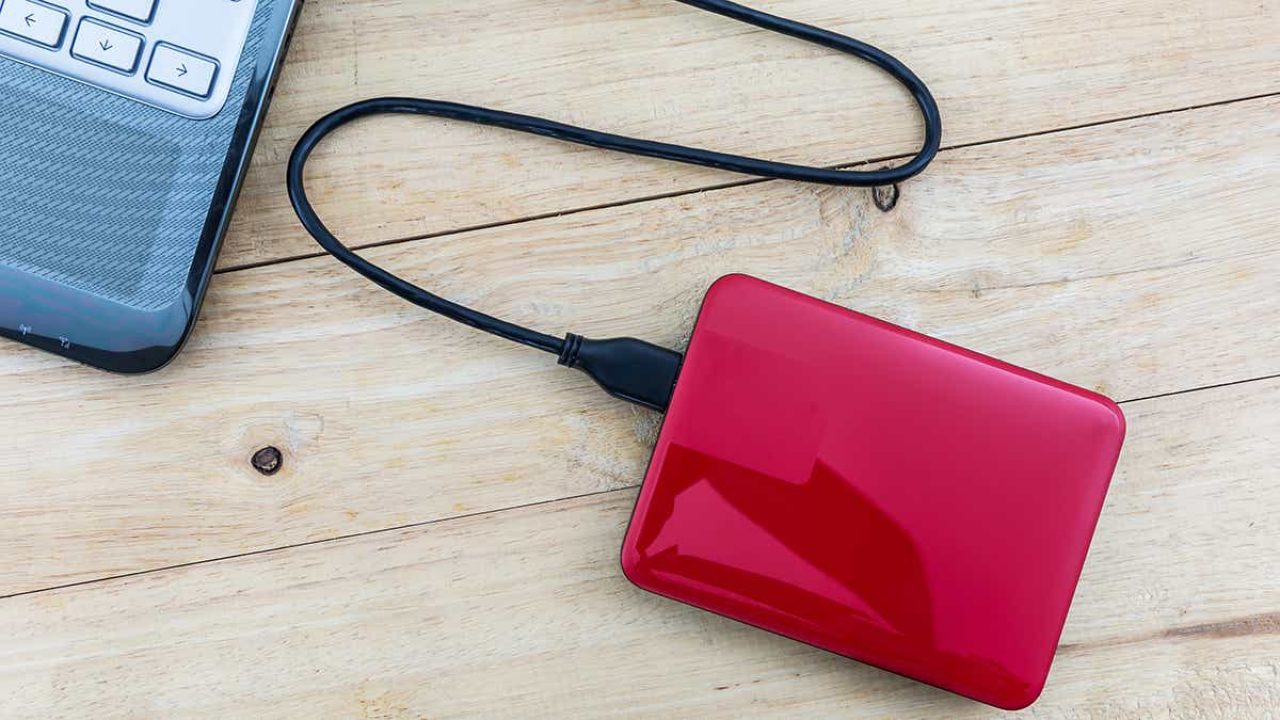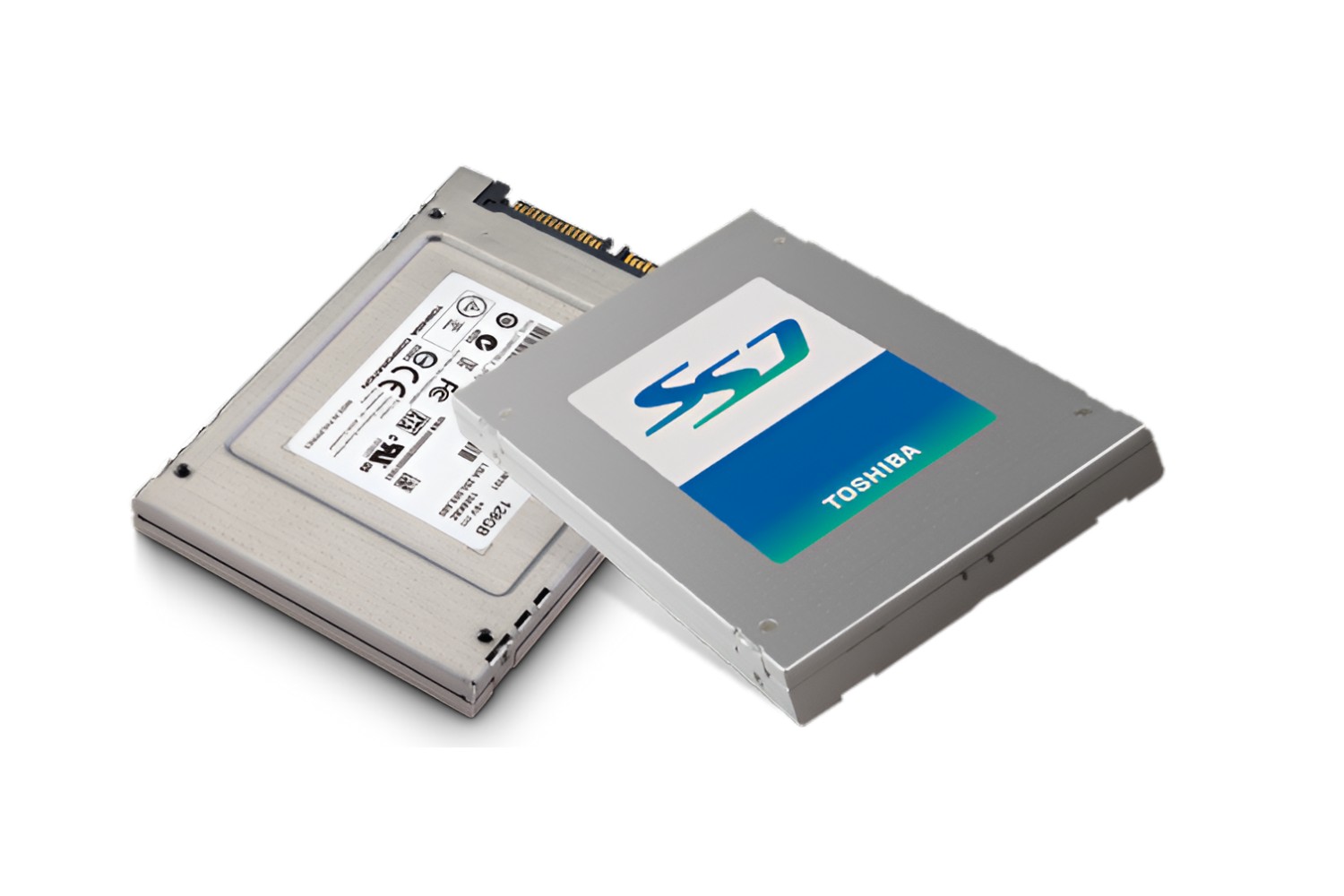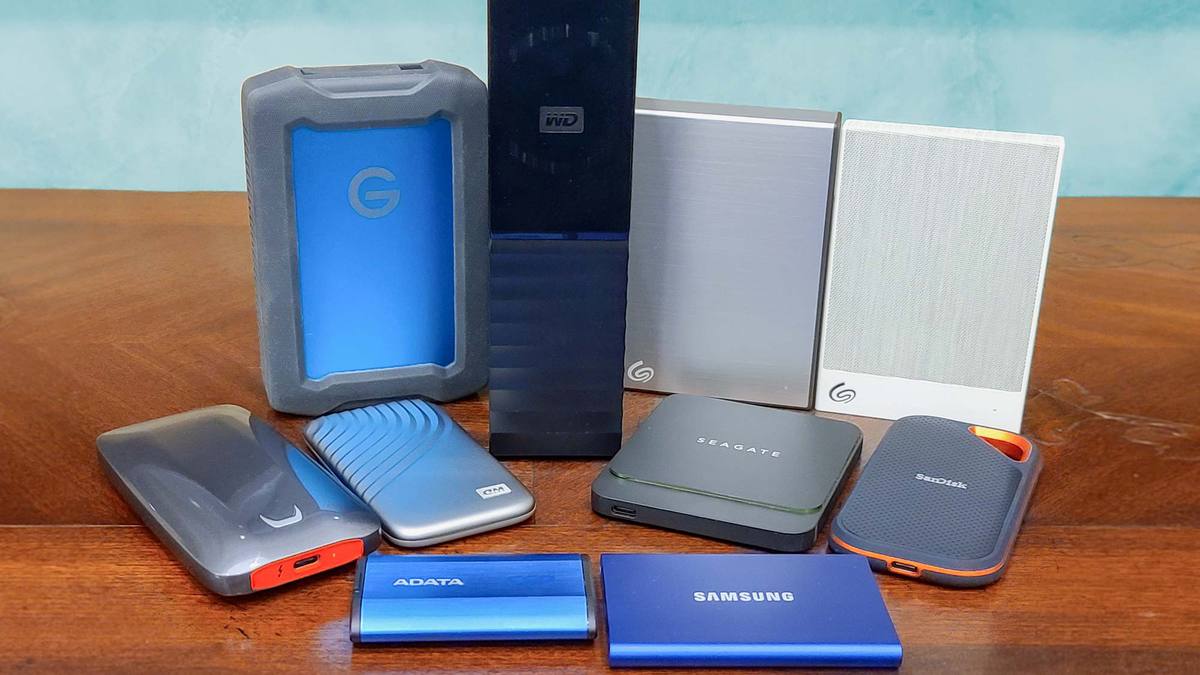Introduction
When it comes to securing data on your Toshiba laptop, one of the most common methods is by setting a password for the internal storage devices, such as the hard disk drive (HDD) or solid-state drive (SSD). This password ensures that only authorized users can access the data stored on these drives, adding an extra layer of protection to your sensitive information.
However, there may be situations where you might need to remove the HDD/SSD password on your Toshiba laptop. This could be due to various reasons, such as forgetting the password, selling or giving away the laptop, or encountering issues with the password itself. Regardless of the reason, it is essential to know the proper methods to remove the HDD/SSD password safely and effectively.
In this article, we will explore different methods that you can use to remove the HDD/SSD password on your Toshiba laptop. We will guide you through each method step-by-step, providing detailed instructions and tips to ensure a smooth password removal process.
Before we delve into the specific methods, it is important to note that removing the HDD/SSD password will permanently erase all data stored on the drive. Therefore, it is crucial to back up any important files or data before attempting to remove the password. Additionally, make sure to have your Toshiba laptop’s charger connected throughout the process to prevent any power-related issues.
Understanding HDD/SSD Password on Toshiba Laptop
Before we dive into the methods of removing the HDD/SSD password on a Toshiba laptop, it is important to understand what it is and how it works. An HDD/SSD password is a security feature that allows users to protect their data by setting a password for the internal storage devices.
When you set an HDD/SSD password on your Toshiba laptop, the password is stored in the firmware of the storage device. This means that the password is tied to the specific hardware and not the operating system. As a result, the password prompt will appear even before the operating system boots up, providing an extra layer of security.
The HDD/SSD password is stored in the laptop’s BIOS (Basic Input/Output System) settings. BIOS is a firmware program that initializes hardware components during the boot process and provides a set of low-level functions for the operating system. The HDD/SSD password is an additional security measure implemented at the BIOS level to prevent unauthorized access to the storage devices.
When the HDD/SSD password is enabled, the laptop’s BIOS checks for the correct password during startup. If the entered password matches the one stored in the firmware, the laptop proceeds with the boot process. However, if an incorrect password is entered or no password is provided, the laptop will not boot, effectively locking access to the data on the storage device.
It is important to note that the HDD/SSD password is separate from the user account password used to log into the operating system. Even if someone bypasses the operating system password, they will still be prompted to enter the HDD/SSD password to access the data stored on the storage devices.
By understanding the intricacies of the HDD/SSD password on your Toshiba laptop, you can approach the password removal process with confidence and ensure the security of your data.
Why you may need to remove the HDD/SSD password on your Toshiba laptop
While setting an HDD/SSD password on your Toshiba laptop provides an additional layer of security, there may be circumstances where you would need to remove the password. Here are some common reasons why you may need to remove the HDD/SSD password:
- Forgotten password: One of the most common reasons for removing the HDD/SSD password is when you forget the password you initially set. If you cannot remember the password, you will not be able to access the data on the storage device.
- Selling or giving away the laptop: If you are planning to sell or give away your Toshiba laptop, you may want to remove the HDD/SSD password. This ensures that the new owner can use the laptop without any password restrictions.
- Hardware or password issues: Sometimes, you may encounter hardware issues or problems with the HDD/SSD password itself. In such cases, removing the password can help identify and resolve the underlying issues.
- Upgrading or replacing the storage device: If you are upgrading the HDD/SSD or replacing it with a new one, you will need to remove the HDD/SSD password before installing the new drive. This allows for a smooth transition without any password-related complications.
- Remote access requirements: In certain situations where remote access is needed, such as servicing the laptop or troubleshooting, it may be necessary to remove the HDD/SSD password temporarily to facilitate the remote access process.
It is important to remember that removing the HDD/SSD password will permanently erase all data stored on the drive. Therefore, it is crucial to backup any important files or data before proceeding with the password removal process.
By understanding the reasons why you may need to remove the HDD/SSD password on your Toshiba laptop, you can determine if it is necessary in your particular situation and proceed accordingly.
Important considerations before removing the HDD/SSD password
Before you proceed with removing the HDD/SSD password on your Toshiba laptop, there are a few important considerations to keep in mind to ensure a smooth and successful process:
- Backup your data: Removing the HDD/SSD password will result in the permanent loss of all data stored on the drive. Therefore, it is crucial to backup any important files or data before initiating the password removal process. This ensures that you can restore your data after the password has been removed.
- Ensure proper power supply: It is essential to have a stable power supply throughout the password removal process. Connecting your Toshiba laptop to a power source using its charger will help prevent any power-related issues or interruptions during the process. Sudden power loss during password removal can lead to data corruption or other complications.
- Verify you have administrative privileges: To perform certain password removal methods, such as accessing the BIOS settings or using third-party software, you may need administrative privileges. Ensure that you have the necessary credentials to make changes to the laptop’s settings or install software.
- Follow instructions carefully: When removing the HDD/SSD password, it is crucial to follow the instructions provided for each method carefully. Incorrectly modifying the BIOS settings or using incompatible software can lead to unexpected consequences, including data loss or hardware issues.
- Consider seeking professional help: If you are unsure about removing the HDD/SSD password yourself or encounter difficulties during the process, it is recommended to seek professional assistance. Computer technicians or Toshiba support personnel can provide guidance and expertise to ensure a successful password removal without risking data loss.
By taking these considerations into account, you can approach the password removal process with confidence and minimize the risk of potential complications or data loss.
Method 1: Using BIOS settings to remove HDD/SSD password on Toshiba laptop
One way to remove the HDD/SSD password on your Toshiba laptop is by accessing the BIOS (Basic Input/Output System) settings. Here’s a step-by-step guide on how to do it:
- Start by turning off your Toshiba laptop.
- Next, press the power button to turn it back on, and immediately start pressing the “F2” key on your keyboard. This will allow you to enter the BIOS settings.
- Once you are in the BIOS settings, navigate to the “Security” or “Password” section using the arrow keys on your keyboard.
- Locate the option for removing the HDD/SSD password. The exact location and label may vary depending on your Toshiba laptop model and BIOS version.
- Select the option to remove the HDD/SSD password and follow the prompts to confirm your action.
- Save the changes and exit the BIOS settings. This will restart your Toshiba laptop.
Once your laptop restarts, the HDD/SSD password will be removed, allowing you to access the data on the storage device without entering a password.
It is important to note that the specific steps and options in the BIOS settings may vary between different Toshiba laptop models. Refer to your laptop’s user manual or Toshiba’s support website for model-specific instructions.
This method of removing the HDD/SSD password using the BIOS settings is a straightforward and built-in option available on Toshiba laptops. However, it may not be applicable in all situations or work for every laptop model.
Method 2: Removing HDD/SSD password using a master password on Toshiba laptop
If you have forgotten the HDD/SSD password on your Toshiba laptop or the BIOS settings method did not work for you, you can try using a master password to remove the password. Here’s how:
- Visit the Toshiba support website and search for the “Master Password” for your specific Toshiba laptop model.
- Once you have obtained the master password, turn on your Toshiba laptop.
- Enter an incorrect password three times in the HDD/SSD password prompt.
- This should generate a “System Disabled” or “HDD/SSD Password Error” message along with a unique system disable code.
- Write down the system disable code as you will need it to generate the master password.
- Visit the Toshiba master password generator website and enter the system disable code you obtained.
- The website should generate a master password specific to your Toshiba laptop model.
- Power off your laptop and turn it back on.
- When prompted for the HDD/SSD password, enter the master password generated by the Toshiba master password generator website.
- If successful, the HDD/SSD password will be removed, and you will be able to access your data without any password.
It is important to note that the use of a master password is specific to Toshiba laptops and may not work for all models or BIOS versions. Additionally, it is always recommended to backup your data before attempting any password removal methods to avoid data loss.
If you are unable to obtain or generate a master password, or if the master password method does not work for your Toshiba laptop, it is advisable to seek professional assistance from Toshiba support or a qualified technician.
Method 3: Removing HDD/SSD password using third-party software on Toshiba laptop
If the previous methods have not been successful in removing the HDD/SSD password on your Toshiba laptop, you can opt for using third-party software specifically designed for password removal. Here’s how:
- Start by researching and selecting a reputable third-party software that specializes in HDD/SSD password removal. Ensure that the software is compatible with your Toshiba laptop model.
- Download and install the chosen software on a separate computer or a different storage device that is accessible.
- Follow the software’s instructions to create a bootable media using a USB flash drive or a CD/DVD. This bootable media will be used to run the software on your Toshiba laptop.
- Connect the bootable media to your Toshiba laptop and restart it.
- Access the boot menu on your Toshiba laptop by pressing the designated key during startup (e.g., F12 or ESC).
- Select the bootable media that contains the third-party software from the boot menu.
- Follow the on-screen instructions provided by the third-party software to remove the HDD/SSD password. The process may vary depending on the software you are using.
- Once the password removal process is complete, restart your Toshiba laptop without the bootable media.
- You should now be able to access your data on the storage device without any password prompt.
It is important to note that using third-party software involves some level of risk, and it is crucial to choose reliable software from trusted sources. Additionally, always backup your data before attempting any password removal methods to avoid potential data loss.
If you are hesitant to use third-party software or encounter difficulties during the process, it is recommended to seek professional assistance from Toshiba support or a qualified technician.
Conclusion
Protecting the data on your Toshiba laptop with an HDD/SSD password is essential for maintaining its security. However, there may come a time when you need to remove the password due to various reasons such as forgetting the password, selling or giving away the laptop, or encountering hardware or password issues.
In this article, we explored three methods for removing the HDD/SSD password on your Toshiba laptop. Firstly, we discussed using the BIOS settings to remove the password, which is a built-in option available on Toshiba laptops. Secondly, we explored using a master password provided by Toshiba to bypass the password prompt. Lastly, we discussed the option of using third-party software specifically designed for HDD/SSD password removal.
Before attempting to remove the HDD/SSD password, it is important to consider important factors such as backing up your data, ensuring a stable power supply, having administrative privileges, and following instructions carefully. Additionally, seeking professional assistance is recommended if you are unsure or encounter difficulties during the process.
Remember, removing the HDD/SSD password will result in the permanent loss of all data stored on the storage device. Therefore, it is crucial to backup any important files or data before proceeding with the password removal process.
We hope that this article has provided you with valuable insights and guidance on how to remove the HDD/SSD password on your Toshiba laptop. By following the appropriate methods and taking necessary precautions, you can safely and effectively remove the password and regain access to your data.







